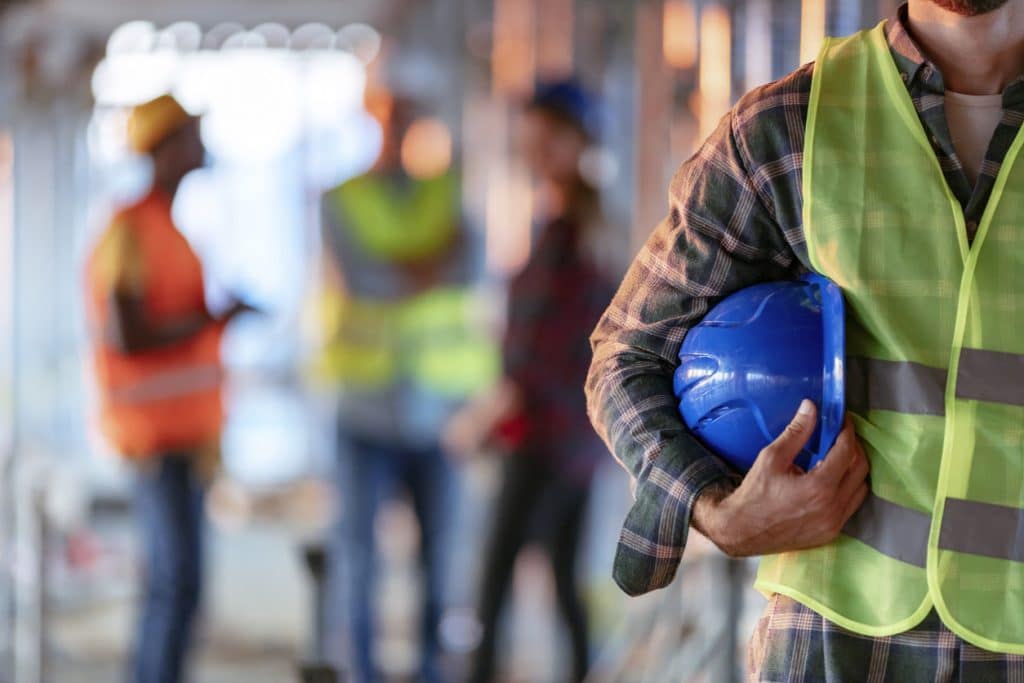Maintaining a safe work environment requires a proactive approach to hazard reporting. Promptly reporting hazards in the workplace not only ensures employee safety but also helps organizations comply with regulations and mitigate risks effectively. This blog post will explore why reporting hazards is essential and how engaging hazardous materials consultants can further enhance safety measures.

Preventing Workplace Accidents
Promptly reporting hazards plays a vital role in preventing workplace accidents. By reporting potential dangers, employees contribute to identifying and assessing risks. It enables employers to take immediate action, implementing appropriate control measures to mitigate the hazards. With their expertise in assessing and managing risks associated with hazardous substances, hazardous materials consultants can provide valuable insights and guidance in implementing effective control measures to prevent accidents.
Mitigating Health Risks
Reporting hazards is crucial for mitigating health risks in the workplace. Many hazards, such as exposure to toxic chemicals or airborne contaminants like asbestos, mould, or silica, can adversely affect employees. By reporting such hazards, employees enable employers to assess the risks, implement necessary control measures, and provide appropriate personal protective equipment (PPE) to minimize health risks. Hazardous materials consultants can assist in conducting comprehensive assessments such as hazardous materials assessments to identify potential health hazards and suggest appropriate control measures to protect employee health.
Ensuring Compliance with Regulations
It’s not only good practice to report hazards in the workplace – doing so is a legal requirement. According to the Alberta government, “As a worker, you must immediately tell your employer or supervisor about any hazards in the workplace. You must report the dangerous condition or danger to health and safety to your employer, supervisor or another person designated by the employer or supervisor so they can take action to address the situation.”
By reporting hazards, organizations demonstrate their commitment to maintaining a safe work environment and fulfilling their obligations under the law. Hazardous materials consultants can assist organizations in complying with specific regulations. For instance, having them conduct hazardous materials assessments to ensure safe handling, storage, and disposal, ensuring all necessary protocols and procedures are followed.
Enhancing Safety Communication & Culture
You promote a safer, communicative workplace culture by reporting hazards. When employees are encouraged to report hazards, it creates an environment where safety concerns are valued and addressed. This open communication allows for identifying recurring hazards or emerging safety issues, leading to more informed decision-making. Additionally, involving hazardous materials consultants in safety discussions and hazard reporting reinforces the importance of safety culture, as they bring specialized knowledge and expertise to the table, helping organizations develop comprehensive safety strategies.
Reporting hazards contributes to continuous improvement and effective risk management. By reporting hazards, employees provide valuable information that aids in analyzing trends and patterns. This data allows organizations to implement preventive measures, refine processes, and enhance risk management strategies. Engaging hazardous materials consultants in the hazard reporting process enables organizations to access their specialized knowledge in identifying and managing risks associated with hazardous materials. This collaborative effort drives ongoing safety improvements, reduces incidents, and ensures that risk mitigation measures are up-to-date and effective.
It’s a crucial responsibility for everyone to report hazards in the workplace, and it benefits both employees and organizations. Engaging hazardous materials consultants adds another layer of expertise to the hazard reporting process, allowing organizations to manage risks associated with hazardous materials effectively. By fostering a culture that encourages and values hazard reporting, organizations create a safer work environment, protect employee well-being, and promote a culture of safety that prioritizes continuous improvement and proactive risk management.
Alberta Safety & Environmental Services (ASE Services) is one of the most reputable providers of Hazardous materials assessment and hygiene inspection services—including asbestos, lead, mould, mercury, and silica detection, as well as industrial hygiene testing for grow ops and other facilities. With a background in Alberta’s Occupational Health & Safety Commission and professional project management skills, our qualified staff can provide reliable handling of air quality and industrial hygiene from initial industrial inspection all the way to remediation programs. Whether just for a permit, or in-depth air quality control, we can help. Feel free to reach out and secure air quality and hygiene requirements for your building.
